Practice and review the Dolch Primer List of high-frequency words with 52 short phrase cards for emergent readers.
How to Use Pyramid Readers for Sight Word Fluency
Pyramid Sentences are built by adding one word at a time until the reader has decoded the entire sentence.
This formulaic approach gives students a chance to work on reading sentences in a sequential manner, slowly and methodically, versus feeling overwhelmed at seeing all of the words at one time.
For example, a pyramid sentence that focuses on the sight word “Am” might look like this:
I
I am
I am feeling
I am feeling happy
I am feeling happy today!
Review 52 Dolch Primer Sight Words
Our Primer Dolch sight words Pyramid Reading Cards are arranged for readers at the Kindergarten level.
Use this resource in your reading center, as a guided reading activity, or as a whole class exercise (see below).
Students will read 52 high-frequency words in the pyramid sentence format, building up piece by piece to decode simple sentences. Students can read the individual words in a sequence or focus specifically on the high-frequency word in the text.
Scaffolding and Extension Tips + More Pyramid Reader Activities
Challenge students who already understand the concept by shuffling the cards for a randomized reading approach.
Support students who need help understanding the concepts through targeted CVC/CVCe decoding by helping students break the words into sound parts with different colors.
You can also slip the cards into dry-erase sleeves and provide students with erasable markers to draw on the cards. They can underline the high-frequency word and the rest of the words as they read them and draw a star when they read the passage in full.
Use this resource as independent practice for fast finishers, and full-class learning opportunities like scoot activities, lesson reviews, formative assessments, and more.
Show Me!
This game can be done as a whole-class review activity. Give each student a mini dry-erase board and a dry-erase marker. Project a task card on the screen and have your students write the sight word on their board. When everyone has written down their answer, say “Show Me.” Students will flip their boards, allowing you to see who needs extra support.
Big Board Game
This game works best with your reading small group. Lay all the pieces out in one long line as if it were a human-sized board game. Divide students into 2 teams. Players take turns rolling a die and moving that number of spaces (the cards). When they land on a card, the student must identify the sight word on the card. If they are unable to provide an answer, they go back to their earlier position on the board.
Swat!
During small group instruction, create a grid of 5 cards on top of a table and give each student a fly swatter. Read the sight word of one of the visible letter cards and have the students swat the card you read. The first student to swat it correctly sets the card aside in their own pile to keep score. The student with the most cards wins.
Easily Prepare This Resource for Your Students
Print on cardstock for added durability and longevity. Place all pieces in a folder or large envelope for easy access.
Keep the task cards out of pockets or under desks: cut out the cards and punch a hole in the corner of each to place them on a binder ring.
To turn this teaching resource into a sustainable activity, print a few recording sheets on cardstock and slip them into dry-erase sleeves. Students can write on the cards with a dry-erase marker if needed.
Before You Download
Use the drop-down icon on the Download button to choose between the PDF or Google Slides version of this resource.
This resource was created by Elise Trudel Cedeno, a teacher in Massachusetts and a Teach Starter Collaborator.
Explore more primer-level sight word activities like these, designed to help you cut down on valuable lesson planning time:
[resource:2652070] [resource:4709036] [resource:4706471]
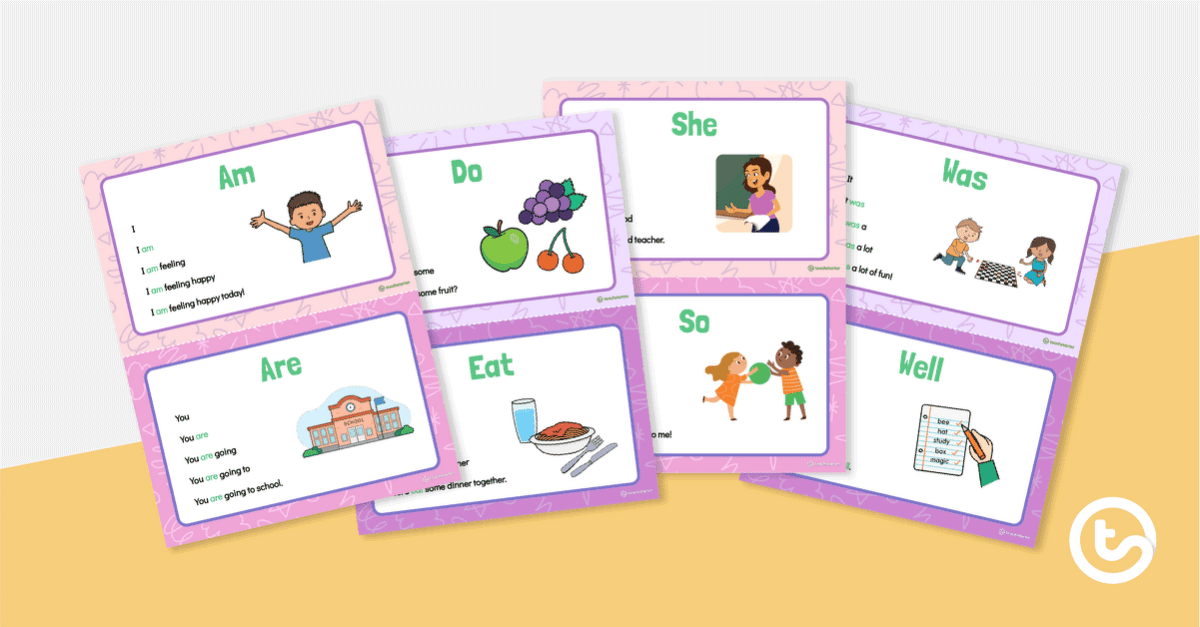
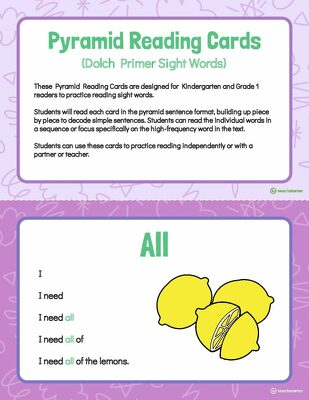

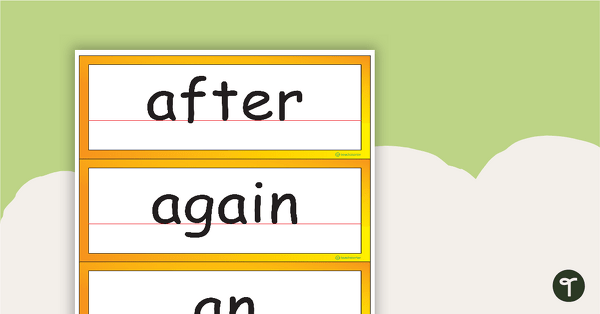
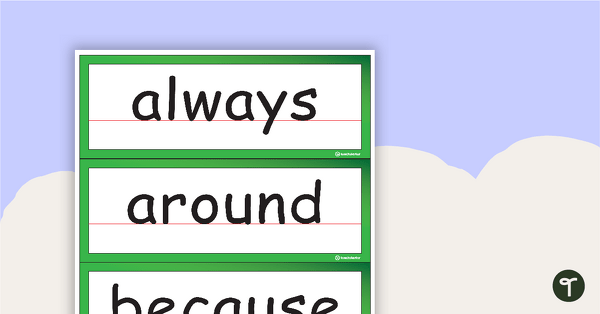
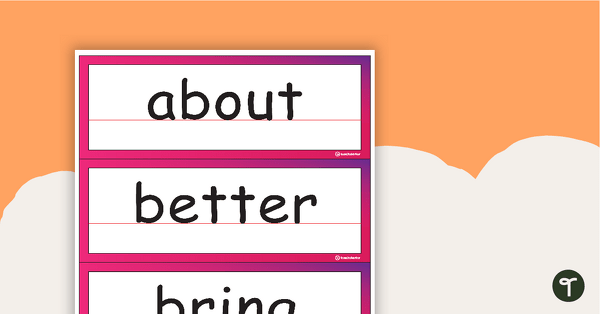
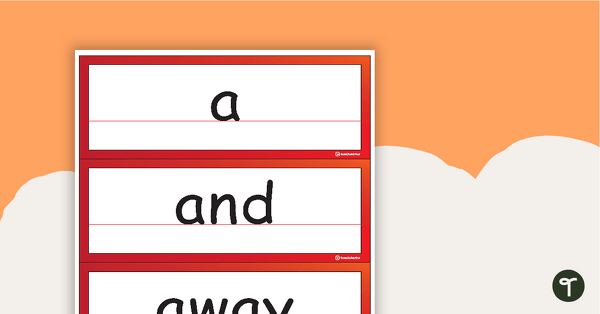
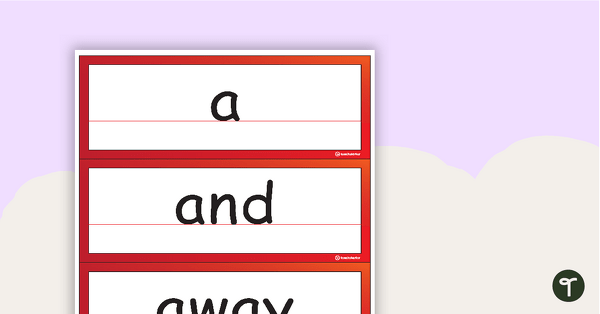
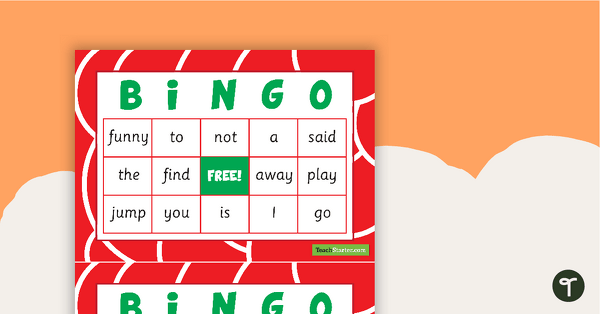
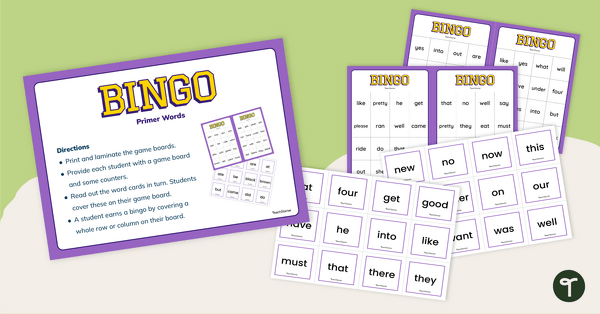
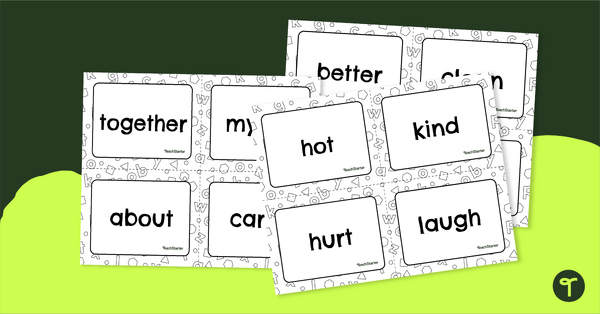
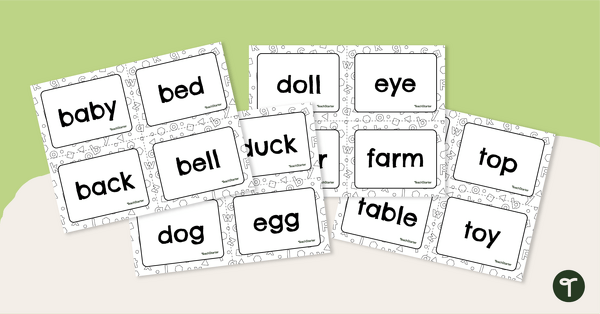
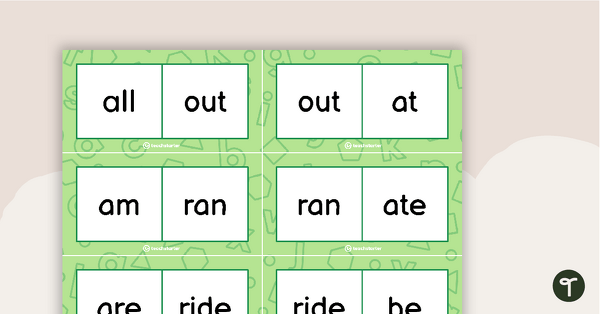
0 Comments
Write a review to help other teachers and parents like yourself. If you'd like to request a change to this resource, or report an error, select the corresponding tab above.